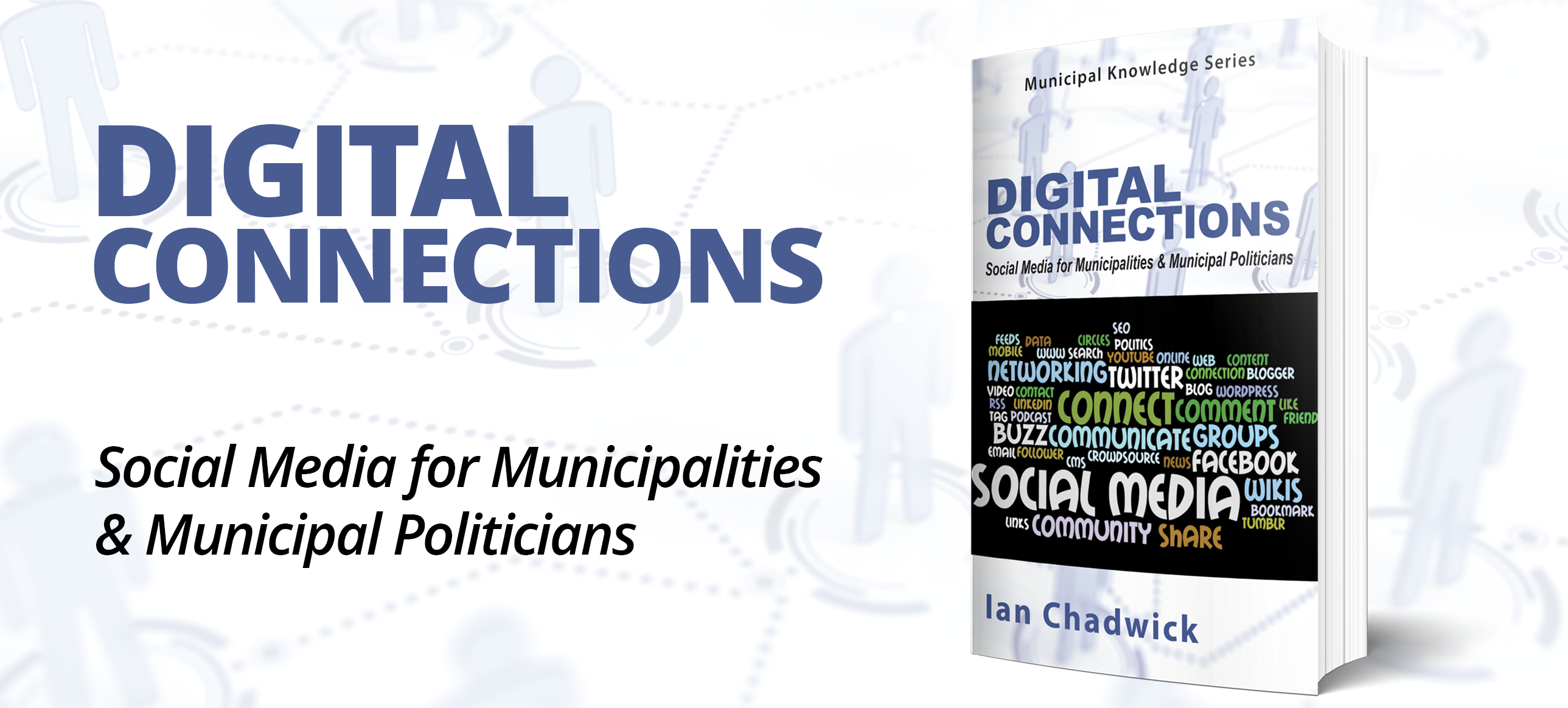Respect & dignity - creating a psychologically safe and healthy workplace

We are witnessing a significant shift in workplace culture and accountability across North America. We are only now starting to move away from a time when employers would manage their employees using tactics of threats and fear – where persons with the power to provide a benefit would use said power to bully, harass, or even solicit favours from employees.
The movement for workplaces that are founded in respect and dignity for employees is well under way. It is the obligation of employers to provide a workplace that is free from harassment, discrimination, and violence. Moreover, it is the duty of employers to provide for a psychologically safe and healthy workplace.
Municipal employers may have a greater obligation than that of their private sector counterparts. Politicians, administrators, and staff, all of whom have purview to develop or implement policies and efforts to manage workplace wellness, are subject to greater scrutiny and transparency than private sector workplaces. Simply put, government employers are often held to a higher standard.
If you’re not sure if you have a psychologically safe or unsafe workplace, simply ask yourself the right questions: Can your employees bring forth ideas or ask questions of management with the expectation that they will, in fact, be heard? When an employee is having trouble meeting a challenging deadline, are they fearful for their job, or can they expect support to get the project completed on time? When an employee makes a mistake, is it held against them to the end of time?
Using the word “psychological” when referencing the obligations of employers to keep their employees safe can be rather intimidating. But, as you can tell by the questions above, having a psychologically safe and healthy workplace is about treating your employees with respect and with value.
A psychologically safe and healthy workplace is one where managers, workers, and, in the case of many municipalities, unions, actively work together to prevent harm to the psychological health of employees. It is an environment that is characterized by inclusion, positivity, support for one another, and the promotion of the employees’ well-being.
We have all heard that happy, healthy employees make productive employees. At the most basic level, we know that employees expect to be happy with their career. The concept of a psychologically safe and healthy workplace refines those expectations.
In 2016, Google concluded an extensive study with the aim of determining how to build the best team. Primary among their conclusions were that a psychologically safe workplace was essential for a team to operate at its best. The study focused on team dynamics and showed that members, working in a team environment, “need to listen to one another and show sensitivity to feelings and needs.”1
Building a Workplace Founded on Respect, Dignity, and Value
Many employers may believe developing a plan to actively protect your employees against harm from psychological hazards is a daunting task. However, if you simply start from a place of respect, dignity, and value for human beings (who, in this case, just happen to be your employees), you will be pleasantly surprised.
Recognize
The first step is to open your eyes and ears. Talk to your employees. Ask them how they feel about their workplace, and if they feel that they have access to others and the support they need to succeed.
Work with your union groups to ensure that there is an open line of communication between members and between the employer and the union. Use this opportunity to collectively further the safety and well-being of employees, and to foster cooperation and a common purpose between all parties.
Whereas identifying physical hazards can be obvious, uncovering psychological hazards will require the employer to look deeper. Some employees may not understand or know that they are not in a safe environment. Worse yet, some employees may be fearful to come forward, even though the employer is taking the initiative for change.
Observe your employees, their teamwork, and their interactions. Pay special attention to teams that function well and cooperatively. Take note of situations where communication is stifled or unwelcome. Recognize and assess the psychological hazards in your workplace so you may move forward.
Empathy
Empathy is the ability to experience and relate to the thoughts, emotions, and experiences of others. It seems natural that people would be more secure if they felt their peers understood them.
Most of us spend as much – or even more – time with our co-workers as we do our family and friends. Yet, the idea of outward displays of empathy to peers in the workplace seems foreign to some.
Empathy fuels collaboration in the workplace.2 When others can sense that you are feeling down, they know to lend their support. When a team values the opinions of everyone, because they have taken the time to understand each other, the value of the collective grows.
Offer and encourage mutual support
It is important for employees to feel that there is support for the issues or concerns they bring forward. Employers should ensure that there is an “open door” philosophy in place: If an employee comes to you, be sure that you recognize and reward the employee’s trust in you by listening.
Employees need to be supportive of one another, as well, and need to be accessible to their co-workers. As much as management can lead the charge, employees need to recognize their own responsibility for their outcomes. Rumours, gossip, and workplace cliques are but a few examples where employees behave like high-schoolers, rather than like adults. Respect, dignity, and empathy are not attributes that should only come from the top; these attributes need to be held and shared amongst the team.
Empower
If you maintain that employees must also be responsible for creating a psychologically safe workplace, employers should empower them to rise. Employee engagement can be physical (through energy exerted), emotional (having a positive job outlook and being passionate about their work), or cognitive (devoting more attention to their work and being absorbed in their job).3
If employees are invested in their job as well as the goals and vision of the company, they will be invested in each other. The power to be an influencer over your own path, and that of your co-workers, is a shared responsibility that can result in trusted teams and a terrific workplace.
Responsibility
The term “responsibility” is affectionately used with municipal employers in mind. It is a great thing to be able to work with and for your neighbours. The way you work – and are treated at work – should be reflected in the way you serve your constituents.
Municipalities can create psychologically healthy workplaces, from which principles and practices can flow into the community. Equip employees who deal with the public with the education and tools to educate others. Train first responders to appropriately assist and support people who suffer with mental illness. Review and adapt municipal policies and programs to ensure they reflect a positive and healthy workplace, as well as community. Take pride in the responsibility of having a direct impact on your workplace and community every day.
Work-life balance
The term “work-life balance” is not new. It is generally accepted that employees who have an appropriate ratio of work to family, friend, fun, and rest makes for a more happy and healthy employee.
The emergence of the call for psychologically safe and healthy workplaces has provided yet another reason why an appropriate work-life balance is required. Even in the best work environments, the demand and responsibilities of work can be stressful. It is important for employers to recognize that it is not only the body that needs an appropriate balance; it is also the mind.
Promote respect in the workplace
All employees have the right to work in an environment that respects the dignity, self-worth, and basic human rights of every individual. No individual should be expected to accept that they may encounter harassment, bullying, or conduct that is anything less than professional and respectful in the workplace.
Note that “organizational culture” is not named here as a necessary aspect of creating a psychologically safe and healthy workplace. The reason is simple … your desire and commitment, or lack thereof, to promote respect in the workplace will ultimately define your company culture. This commitment must start and end at the top. It must be employer driven and sustained.
Your commitment to promoting respect in the workplace cannot simply be lip-service. Whether your respective jurisdiction requires that you have zero-tolerance policies that forbid harassment, discrimination, bullying, gossip, and generally contributing to a poisoned work environment, or something lower on the spectrum, it rests with the employer to take responsibility for formulating practices and processes.
The need for policy and program accessibility is particularly important in rural and northern municipalities. Some of these municipalities will have significantly fewer resources available than is the case with their urban counterparts. However, it is important that awareness or empathy for the concept of a psychological safe workplace must not suffer in turn. The commitment to protect your employees, and by extension, the community, must be formalized via policy and by written commitment, and must be lived out through action.
Employees should feel safe. They should feel that their employer will stand against conduct that does not promote respect in the workplace. They should feel safe to go to their employer if they have a concern. They should feel safe that their employer will take the necessary steps to rectify the situation and make it right.
Don’t re-invent the wheel
Don’t be scared by the tag “psychologically safe and healthy workplace.” Most employers already have processes and policies in place to identify and mitigate physical hazards or operational road-blocks that would encourage a safe and healthy workplace.
Have you ever done a workplace inspection? Have you ever provided an employee flextime to support a positive work-life balance? Have you ever implemented a policy that speaks to the betterment of your employees and, in turn, your company?
Most employers have gone down this road before, just with a different street name. If you are a municipal employer, you absolutely have already taken this concept and made it into a process. Use the practices, models, and templates that you have used in the past to develop meaningful policies and processes that will create a psychologically safe and healthy workplace.
It may sound cliché to say your employees are your most valuable asset – but it is cliché because it is true, and thus worth hearing one more time. MW
A version of this article was published in Municipal Word, July 2018
✯ Municipal World Insider and Executive Members: You might also be interested in the full version of this article or in Richard Hart’s article: Respect in the workplace: Best practices that drive organizational performance. Note that you can now access the complete collection of past articles (and more) from your membership dashboard.
1 https://goo.gl/G1ouo3.
2 https://goo.gl/UchpMA.
3 https://goo.gl/zdy1vs.
Darcy Michaud has been practising HR for 20 years, several of those serving as the Director of HR for the County of Huron. Darcy successfully started his own HR consulting firm, HRprimed.
Related resource materials:



